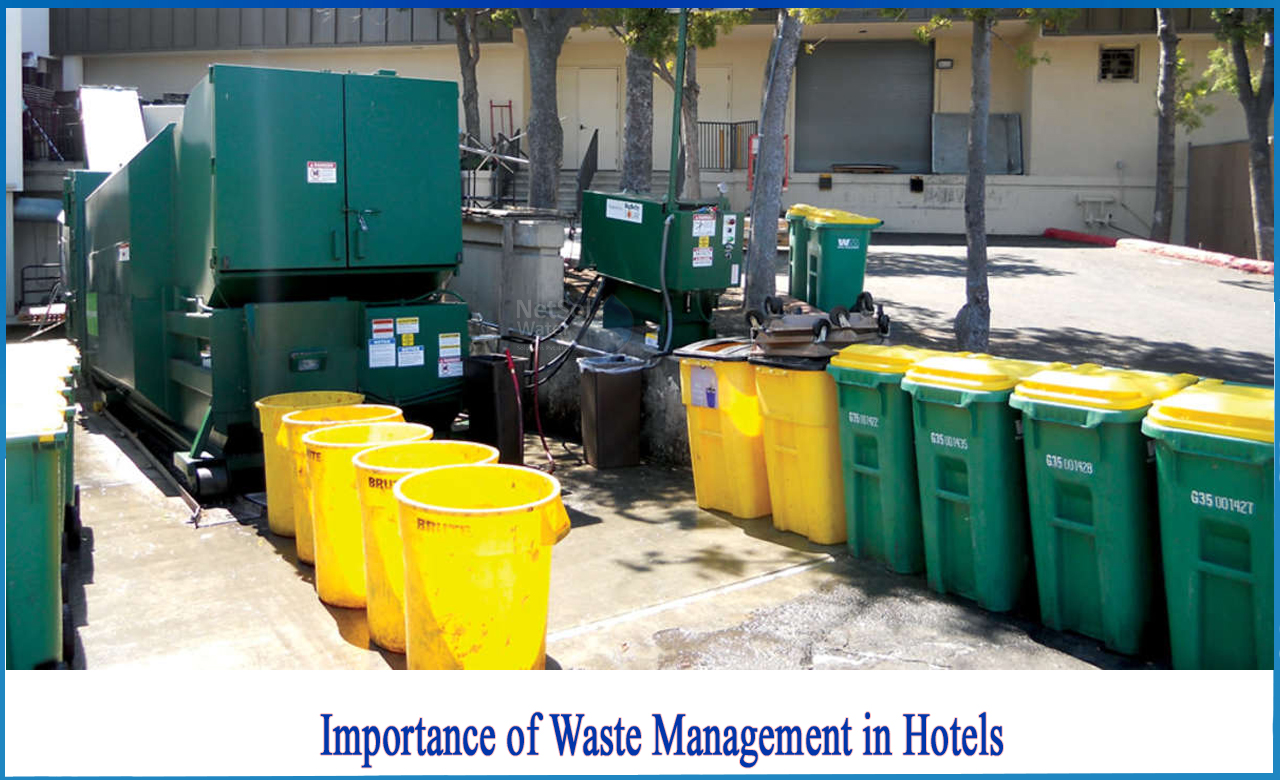Things about Reclaim Waste
Top Guidelines Of Reclaim Waste
Table of ContentsThe Main Principles Of Reclaim Waste The Single Strategy To Use For Reclaim WasteThe Basic Principles Of Reclaim Waste Some Known Details About Reclaim Waste Indicators on Reclaim Waste You Should Know
Discover the kinds, incidents, and forms of fluid waste. Domestic sewer waste refers to the waste and items from a household septic storage tank. This kind of waste is developed by people in residences, colleges, and various other buildings. This only consists of sewage-disposal tanks that have a drainpipe area. The proper management and disposal of residential sewer waste call for liquid waste to be moved to a sewage treatment plant where the correct methods and tools are used to purify and throw away waste.
Industrial waste frequently consists of potential dangers, such as combustible products or a combination of fluid and strong waste products, and needs a more innovative and comprehensive disposal procedure. The disposal of business waste usually entails the filtration of waste prior to transport to ensure risk-free and correct disposal. Industrial waste is produced from by-products and runoff of commercial procedures and manufacturing.
This kind of waste can not use the exact same sewer management transportation or processes as septic or industrial fluids. The hazardous waste management process needs the examination and screening of fluid waste before it undergoes the disposal procedure (liquid waste disposal). Drainage waste is the fluid waste that comes from runoff and excess stormwater in highly inhabited locations or cities
Runoff waste can cause contamination and flooding if not dealt with appropriately. Making sure proper waste management can prevent catastrophes and decrease environmental damage.
Getting My Reclaim Waste To Work
Get in touch with PROS Providers today to learn more about our waste management and disposal services and the appropriate ways to look after the liquid waste you produce.
(https://slides.com/reclaimwaste1)This supposed 'wastewater' is not only a vital source however, after treatment, will certainly be launched to our land, waterways or the sea. Used water from commodes, showers, baths, kitchen sinks, washings and commercial procedures is known as wastewater.

water utilized to cool equipment or tidy plant and devices). Stormwater, a form of wastewater, is drainage that flows from farming and urban areas such as roofing systems, parks, yards, roadways, paths and rain gutters right into stormwater drains pipes, after rain. Stormwater streams neglected straight to neighborhood creeks or rivers, ultimately getting to the ocean.
The Buzz on Reclaim Waste
In Queensland, the majority of wastewater is treated at sewer treatment plants. Wastewater is moved from residential or industrial websites via a system of drains and pump terminals, understood as sewage reticulation, to a sewer therapy plant. City governments construct, keep and run most sewage treatment plants. Operators are certified under the Environmental Management Act 1994 to release cured wastewater at an appropriate environmental criterion into waterways.
The Division of Natural Resources encourages neighborhood federal governments regarding managing, operating and preserving sewerage systems and treatment plants. In unsewered locations, city governments might need owners to mount private or home sewer therapy systems to deal with domestic wastewater from bathrooms, kitchen areas, restrooms and laundries. The Division of Natural Resources authorises the use of household systems when they are shown to be effective.
In some brand-new class, treatment of some stormwater to eliminate litter, sand and crushed rock has started making use of gross contaminant catches. Wastewater therapy occurs in four phases: Eliminates solid matter.
Makes use of tiny living organisms knows as micro-organisms to damage down and get rid of remaining liquified wastes and fine bits. Micro-organisms and wastes are included in the sludge.
Reclaim Waste Things To Know Before You Buy
Nutrient elimination is not available at all sewage therapy plants because it calls for pricey specialized devices. Clear fluid effluent generated after therapy may still include disease-causing micro-organisms - liquid waste removal melbourne.

This typically means wastewater has to be dealt with or impurities eliminated before it can be from this source released to rivers. A lot of wastewater moves right into the sewage system. Under the Act, city governments administer authorizations and permits for environmentally relevant tasks (ERAs) involving wastewater releases that could have a regional impact. The department administers authorizations and licences to Periods entailing wastewater launches that might have a local or statewide influence.
See This Report about Reclaim Waste
Or else, examples are taken for lab evaluation. Typically several tests are required to develop the levels of each of the different toxins such as oils, heavy steels and chemicals in water. Surveillance supplies factual information regarding water top quality and can validate that permit conditions are being met. The details gotten through monitoring gives the basis for making water quality decisions.